DOLCE® ‘Apple Twist’ Heuchera
- Fantastic Foliage,
- Winter Hardy,
- Long Blooming
$18.99 – $27.99
$18.99 – $27.99
(Coral Bells) One plant with a lot of great features, this can be found in DOLCE® ‘Apple Twist’ Heuchera. Forming a compact mound standing 10-12 inches tall and spreading up to 20-24 inches wide, DOLCE® ‘Apple Twist’ is a great addition to gardens or containers. As the season change so will the color interest on DOLCE® ‘Apple Twist’. The new growth emerges mahogany with yellow edges. As the leaves age they turn bright green with a silvery overlay. The heavily ruffled edges create a great texture and captivating interest. Creamy white bell shaped flowers stand up to 20 inches tall. This native prefers to be grown in part shade to full shade locations. The tiny bell shaped flowers attract the hummingbirds and butterflies to the garden, no worries though, deer generally will leave Coral Bells alone. Hardy in zones 4-9, DOLCE® ‘Apple Twist’ Heuchera is a PROVEN WINNERS® Perennial.
Common Name: Coral Bells
Plant Type: Perennial
Brand: PROVEN WINNERS® Perennials
Hardiness Zone: 4, 5, 6, 7, 8, 9What is my zone?
Max Height: 8 – 12 Inches
Max Spread: 20 – 24 Inches
Exposure: Part Shade (4-6 hrs.), Full Shade (0-4 hrs.)
Nature Attractions: Butterflies, Hummingbirds
Critter Resistance: Deer
Flower Color: White Shades
Soil Moisture Needs: Moderate
Attributes: Cut Flower or Foliage, Evergreen, Native
Design Use: Border, Combination Containers, Container, Massing, Specimen
Season of Interest (Flowering): Late Spring or Early Summer, Summer, Late Summer
Season of Interest (Foliage): Spring, Summer, Fall, Winter

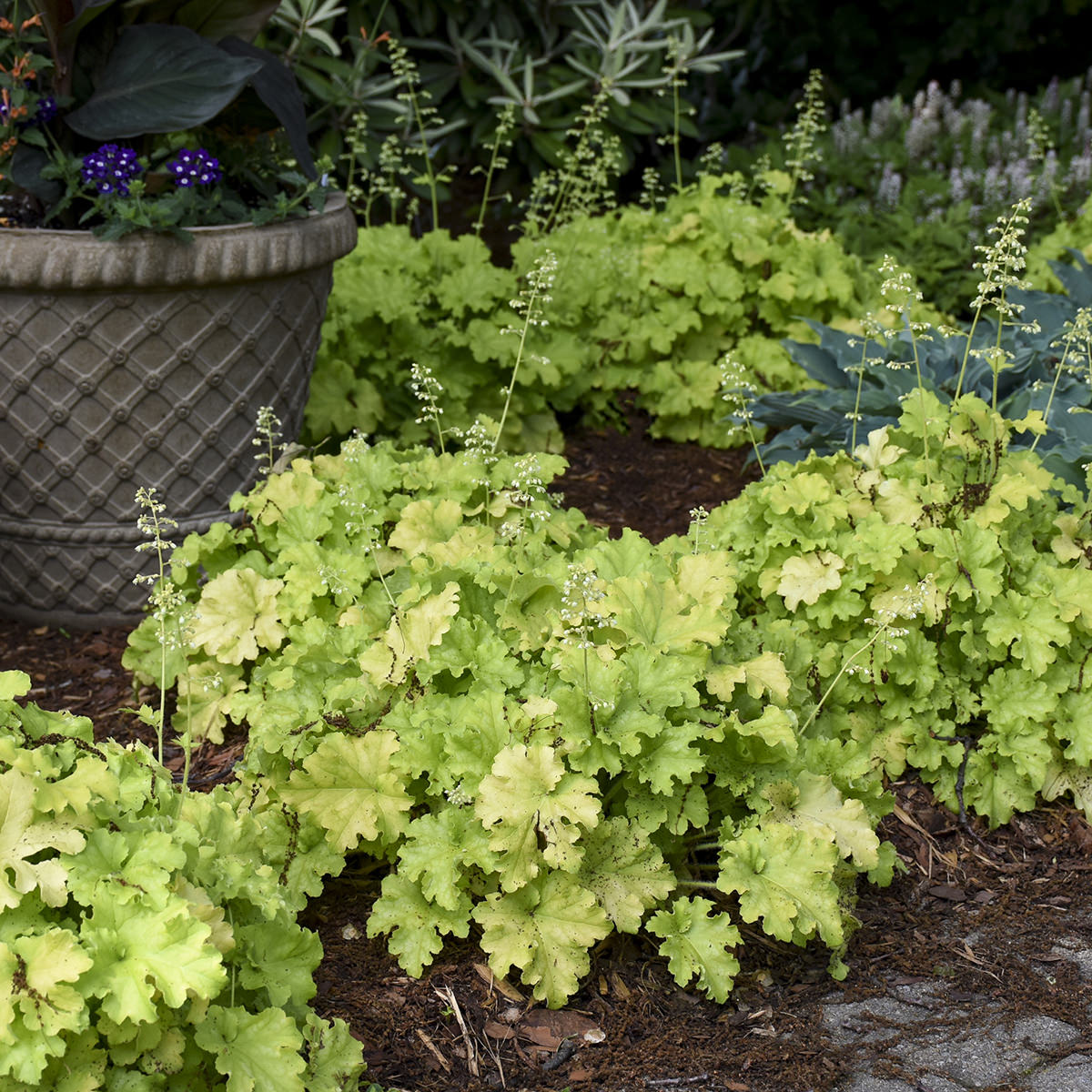
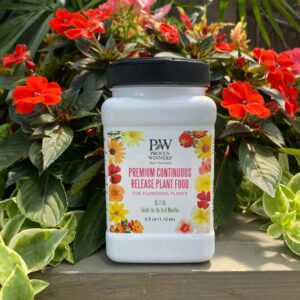
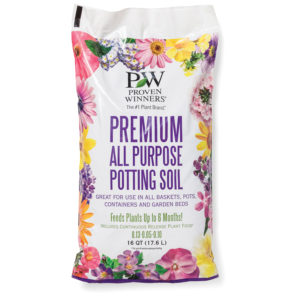
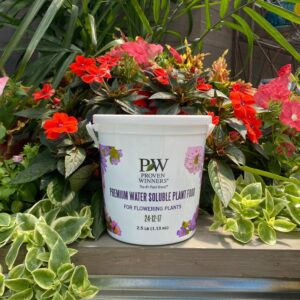
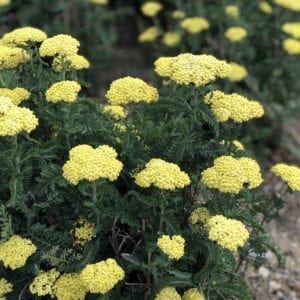
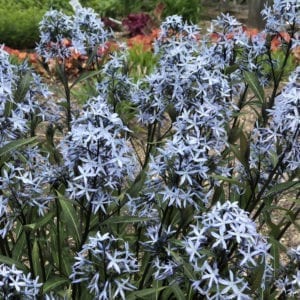
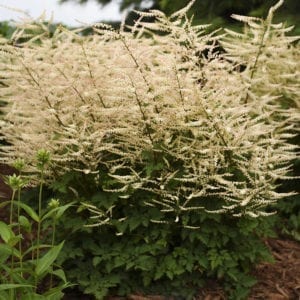
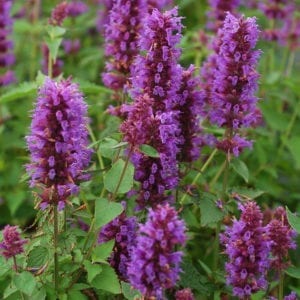
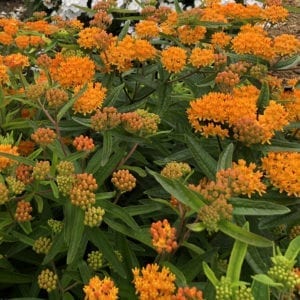
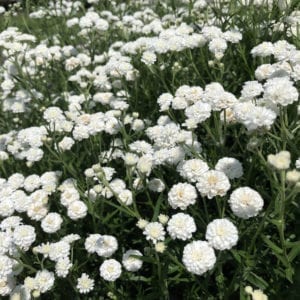
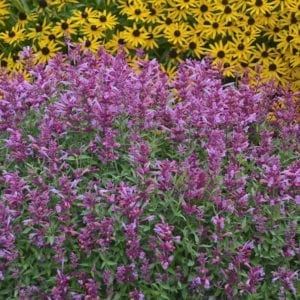
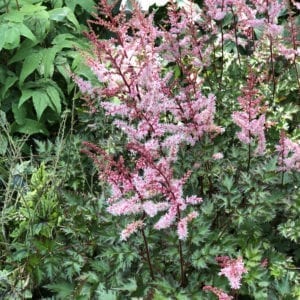
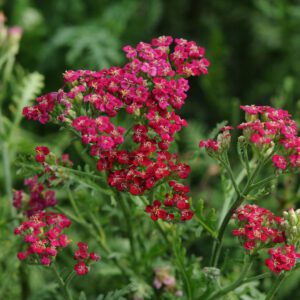
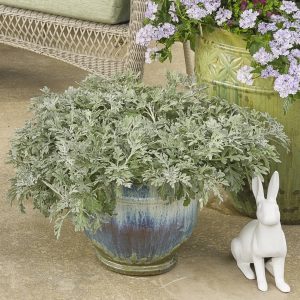
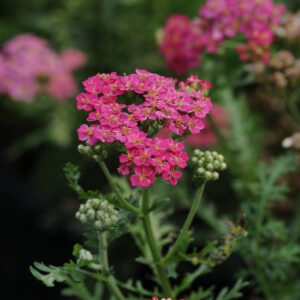
Reviews
There are no reviews yet.